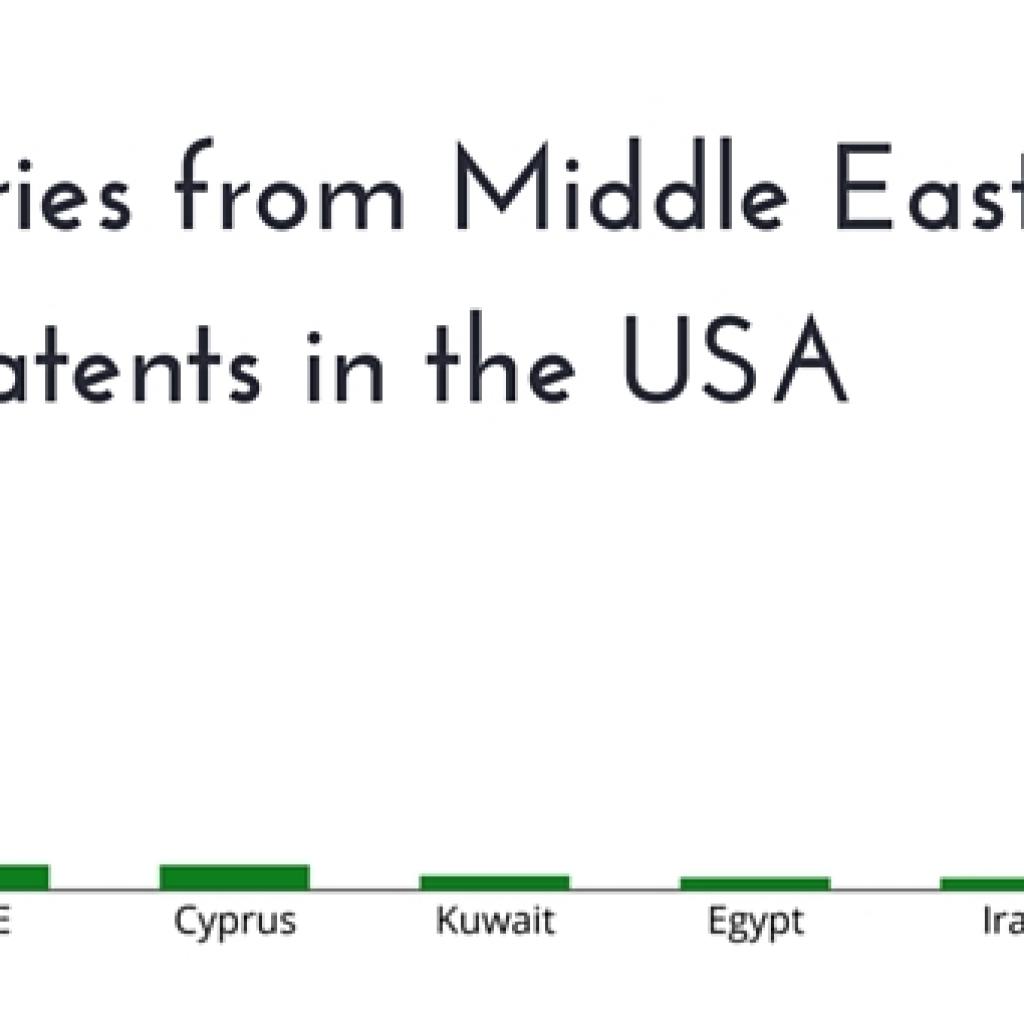According to a study, around 65% of the human population has a reduced ability to digest lactose. This means a majority of people cannot consume most dairy products. However, it’s also true that a major subset of this population would love to consume alternatives that taste like dairy, albeit without the consequences. This signifies there’s a huge untapped market with an unlimited potential waiting to be explored. Lactose-free is the new black. The need and demand for lactose-free products have resulted in a demand for enzymes in food technology.
Explore the recent innovations in food technology! Learn about leading startups creating insect-based proteins, plant-based meat alternatives, and more. Get your hands on our Food Tech Startup Report to uncover the latest trends shaping the future of food.
Fill out the form below and request your copy today!
Why enzyme technology though?
In the current scenario, the most common and economical way of achieving lactose removal is through enzymatic hydrolysis.
Not only this, but if we consider cheesemaking, enzymes play an important role in its production and quality. Yogurt is another example.
The application of enzymes in food technology is not limited to dairy. They are also utilized to produce diverse products such as syrup, bread, pizza, etc., and to enhance their quality.
Now let’s take a look at the industry supply chain.
Most of the time, these enzymes are supplied to the dairy processor by an ingredient manufacturer. So the dairy processor has generally less control over the efficiency and function of the enzymes they are using. Most of the time they go with the first and more advertised option for their products. These enzymes might or might not address the same issues that dairy processors are facing at the production level. Or simply, their R&D goals might not be coinciding with the ingredient manufacturers’.
A dairy processor might be planning a product using certain enzyme properties only to discover that it is not yet available in the market. For example, some dairy processors might want to develop a product that needs to be processed at high temperatures. But due to the limitations of enzymes at a higher temperature, such a product might not be feasible.
But what if we can get our hands on not just the current possible options but also on what the future developments have to offer?
Will the scenario be any different then?
Well, this article is aimed to shed light on the possible pathway in this case. Instead of planning based on the enzyme available only in the market, we can peep inside the research and find what enzyme manufacturers are planning next in their products. We will highlight a few examples of such developments here. This could indicate the partners/suppliers that might be available for early mover advantage.
Before we move to the examples, here’s a thing or two to keep in mind. Two factors that strongly affect enzymatic action are temperature and pH. Enzymes are usually most active in an optimum temperature range between 25 and 50 C. The activity drops if the temperature increases beyond optimum, stopping altogether somewhere between 50 and 120 C. At these temperatures, the enzymes are more or less destroyed (become inactive).
Let’s see how various companies are researching enzymes in food technology.
Innovation I – High-Temperature Enzymes
In this category, the first innovation is from DSM which is known for its expertise in this area. Now they have filed a patent EP3435772A1. This patent describes a lactase composition that can be used at higher temperatures without the side activities destabilizing (processing of) the dairy product. Further, this composition has reduced arylsulfatase activity, invertase activity, lipase activity, and/or amylase activity for producing dairy products with improved taste and/or shelf-life.
Not only DSM, but Dupont also seems to be exploring these dimensions. Their recent filing, WO2020176734A1, comprises a lactase composition for reducing lactose at high temperatures. They achieved a 70% reduction in lactose at ≥ 50° C, using this composition.
Innovation II – PH Change resistance enzyme
PH changes negatively impact the enzymes. For example, most Lactase enzymes work optimally at a pH of 6.0 (at a temperature of 37°C). In current technology, slight variation can cause performance issues for enzymes.
For this Chr. Hansen seems to have a solution. In their recently filed patent application WO2020079116A1, they claimed to have identified beta-galactosidases with unique properties. In particular, these beta-galactosidases are very stable with relatively high activity at low pH values. This enables the use of beta-galactosidases at specific pH values (below 5) and temperatures that were not known to be possible. This can give freedom to dairy processors to create unique lactose-free products.
Innovation III – Reducing Maillard reaction in foods
The Maillard reaction is a chemical reaction between amino acids and reducing sugars which gives the food a brown color and a distinctive flavor. In excess, the Maillard reaction usually manifests undesired side effects, causing nutrition and taste losses. This is a prominent problem in the pizza industry where a relatively high concentration of galactose can result in excessive “browning” during the heating of cheeses. To this, CHR. Hansen has another solution. In the patent application BR112020010971A2, it is claimed a cellobiose oxidase composition that can significantly reduce the Maillard reaction and browning. This could be a problem solver for the pizza industry.
Innovation IV – Formulation for producing galacto-oligosaccharides
Galacto-oligosaccharides (GOS) fibers are made up of plant sugars linked in chains. They are found naturally in dairy products, beans, and certain root vegetables. People use galacto-oligosaccharides as prebiotics. Prebiotics act as food for “good” bacteria in the intestine. Due to the focus on healthy eating trends of recent times, GOS is going to be at the top of this list. So here is a well-placed opportunity.
But the technology available till now seems less efficient and gives very low production of galactooligosaccharides.
For this, Novozyme has something new. In their recent patent application, US20200232004A1, they have new polypeptide compositions having beta-galactosidase activity. Novozyme suggests that these polypeptides are modified by glycation of lysine and/or arginine residues by incubating the enzyme in the presence of reducing sugars, optionally combined with heat treatment. This glycation resulted in improved transgalactosylating activity of polypeptide which helps in increasing production.
On a similar line, Dupont also developed some new development US20200123519A1 for efficiently producing GOS products.
These types of innovations can overcome the limitation of traditional enzymes in food technology and can uplift the GOS trend.
Innovation V – Removing Problem of Foaming
Phospholipases are used in milk processing to retain the fat content in the product. This helps in increasing the yield of the product. This is a beneficial treatment because phospholipase A or B leads to the formation of lysophospholipids that improve the emulsifying properties of the resulting milk composition. However, the presence of lysophospholipids will hamper other functional properties such as foaming, and gelation and may lead to lipid oxidation in the milk. It also impacts the taste of the product. To curb these problems, DSM came up with a new enzyme (US20180168175A1) that has phospholipase C enzymes.
An increased yield and optimum product quality are the two most important benefits of this innovation.
Innovation VI – Problem of solubility in Plant Protein
Plant protein seems to be another emerging trend. But plant proteins have limited use in food because the solubility is usually low, which is an indication of poor functional properties. To compete with traditional sources, the solubility of plant proteins needs to be improved. One of the methods is proteolysis. However this can lead to the destruction of other functional properties, such as gelling, emulsification, or sensory (taste) attributes.
For this particular problem, DSM might have a solution. They have claimed in a patent application, EP3322305B, an enzyme, peptidyl arginine deiminase for improving the solubility of plant protein. This composition can improve the positioning of plant protein and might be soon available from DSM.
Conclusion
These were a few examples highlighting the work that is in order by companies like Dupont, Novozyme, etc. Enzymes in food technology is being actively researched and numerous insights are yet to be discovered. This type of analytics can help design new products early on so that when these developments come to market, your product is the first to utilize them.
Think you might need to keep a track of the developments in enzyme technology innovations?
It is always better to get these insights from someone who has developed multiple strategies to excavate, refine and share the information. Just, click the button below and let us do the legwork for you.
Authored by: Sukha Singh, Patent analytics team











